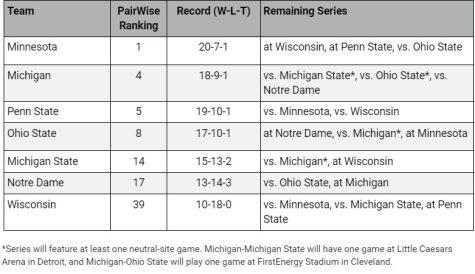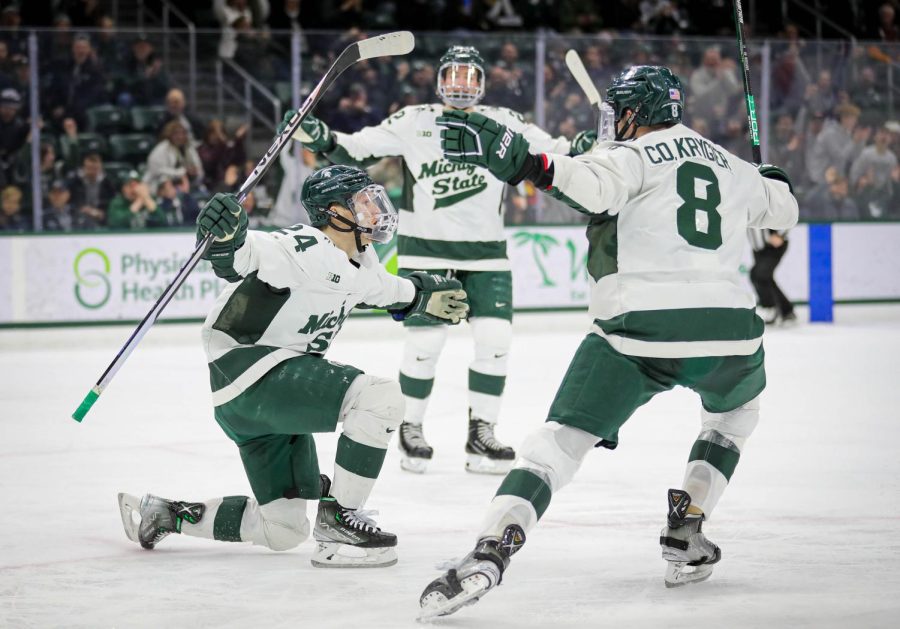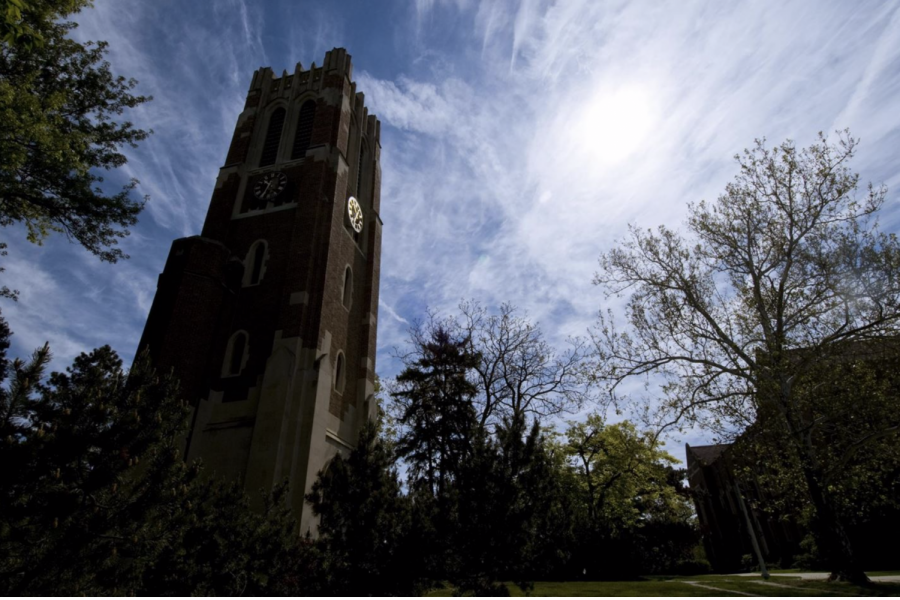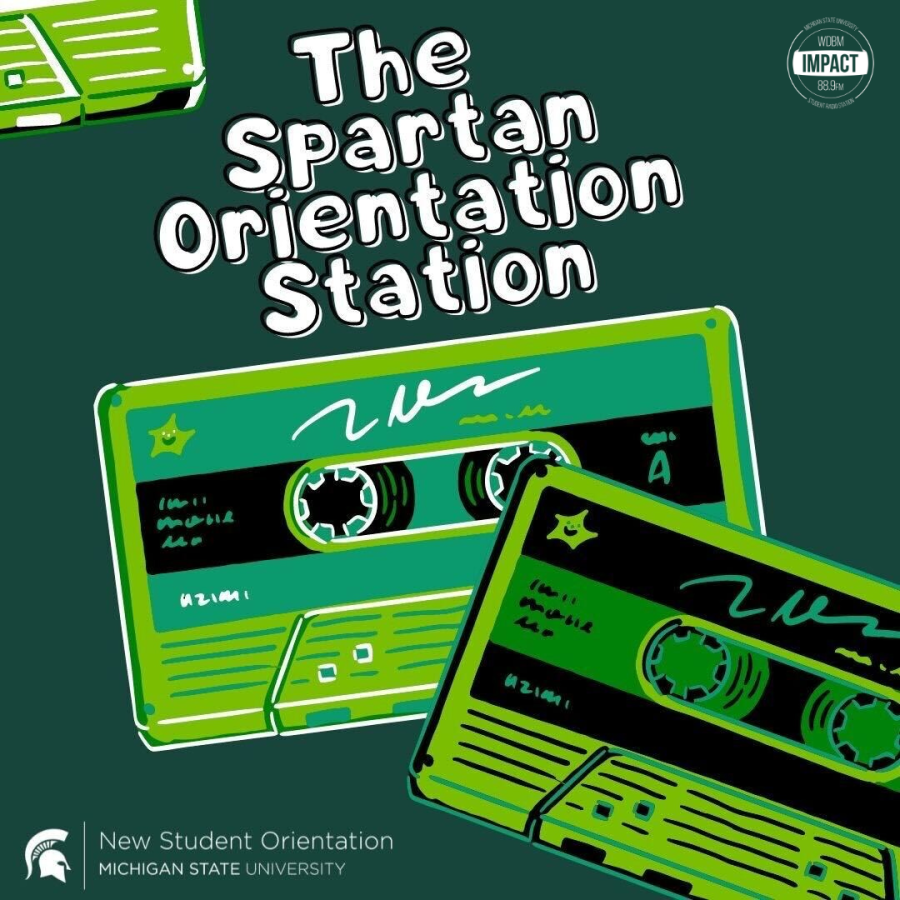Could Michigan State make the NCAA Tournament? Explaining how it’s possible
Erik Middendorf celebrates after a goal in the second period during Michigan State’s 3-0 victory over No. 20 Notre Dame on February 3, 2023. Photo Credit: Sarah Smith
February 9, 2023
We’ve reached the point of the college hockey season where we can start talking about the postseason. For the first time in a long time, Michigan State fans have a reason to pay attention. The Spartans haven’t qualified for the NCAA men’s hockey tournament since 2012.
While it’s nowhere near a guarantee that the Spartans will qualify, they have a good chance. They control their own destiny, but the path to get them to the postseason is complicated.
That being said, let’s look at how the NCAA Tournament works, how teams are selected and what needs to happen for Michigan State to make its first postseason appearance in over a decade.
What are PairWise rankings?
PairWise is the most important factor in determining who makes the NCAA Tournament.
In short, PairWise is an advanced metric that objectively compares every team in Division I to one another. The higher a team is ranked, the more comparisons it wins. Teams are compared in three categories. For each category it wins, teams are given a “point.” If a team has more points, it wins the comparison. Those categories are:
- Head-to-head record.
- Records against common opponents.
- Rating percentage index (RPI). This measures a team’s strength of schedule by averaging a team’s record, its opponents’ records and its opponents’ opponents’ records. This is also the tiebreaker if two teams each finish with one point.
That can be a bit confusing, so let’s use an example. Michigan State is No. 14 in PairWise, one spot ahead of No. 15 Connecticut. The Spartans and Huskies haven’t played each other this season, so the head-to-head record doesn’t matter.
On the other hand, both schools have played Ohio State, Long Island and UMass-Lowell. The Spartans are 5-3-0 in those games, while the Huskies are 4-1-1, which gives Connecticut the better winning percentage (.750). One point for UConn.
However, RPI is where Michigan State wins the overall comparison. While Connecticut has the better record (17-8-3), the Spartans’ tougher schedule gives them the slight edge. Despite each team winning one point, MSU wins the comparison for having the higher RPI.
The process is repeated for all 61 teams. The team that wins the most comparisons is ranked first, and the team that wins the least is ranked last.
How does the NCAA determine seeding?
The NCAA Tournament features 16 teams. The first six bids automatically go to the winners of each major conference tournament. The remaining 10 spots are at-large bids given to the teams with the highest PairWise rating.
It’s rare a team outside the top 16 in PairWise wins its conference tournament. However, this season will be an outlier. The Atlantic Hockey Association has no teams in playoff position, and its leader, RIT, is No. 19. If the season ended today, then Omaha and Northeastern, both tied at No. 16, would miss the tournament, and RIT would get the final spot.
Once the teams are selected, they’re divided into four groups. The top four teams are given No. 1 seeds, the next four are given No. 2 seeds, and so on.
The regional rounds of the tournament are held at four neutral sites. Each No. 1 seed is placed in the region closest to its home school. For example, if Minnesota finishes as a No. 1 seed, it should begin at the West Regional in Fargo, North Dakota. After the top seeds are placed, the remaining teams are seeded in a serpentine order. Minnesota would get the No. 16 overall seed, currently RIT.
Michigan State, as the No. 14 seed, would get the No. 3 seed, Boston University.
How does this affect Michigan State?
Let’s tie this all back to the Big Ten. Five of the seven teams are in a playoff spot. Each team has either four or six games left, so there’s still plenty of time for movement in the standings.
*Series will feature at least one neutral-site game. Michigan-Michigan State will have one game at Little Caesars Arena in Detroit, and Michigan-Ohio State will play one game at FirstEnergy Stadium in Cleveland.

Notre Dame and Michigan State switched spots after the Spartans swept the Fighting Irish last weekend. Notre Dame is now on the outside looking in, and with star forward Ryder Rolston out for the season, its tournament hopes are dwindling.
For Michigan State, its postseason case hinges on the upcoming series with Michigan. Beating a struggling Wisconsin team won’t provide much boost, so the rivalry series will be the last chance to take points against a good team.
Michigan State doesn’t need to sweep Michigan to stay alive, but it needs to walk away with points. If the Spartans splits with the Wolverines, sweeps Wisconsin and wins the first round of the Big Ten tournament, then they should be considered locks for the tournament.
However, it all starts with Michigan.




































